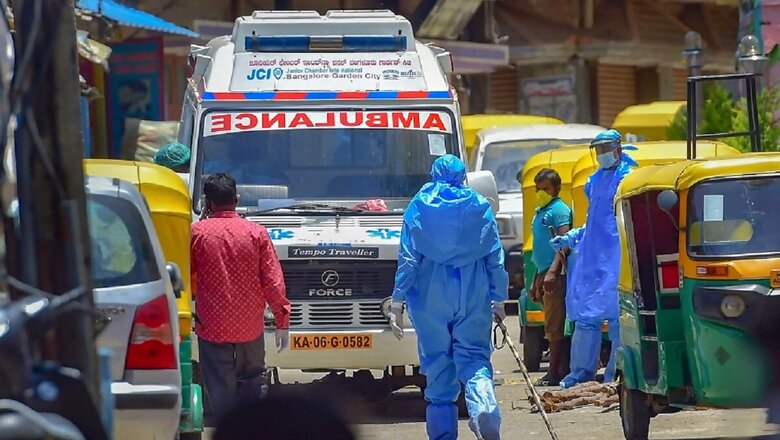
views
As India remains under the grip of Covid-19 second wave, Maharashtra and Karnataka are among the worst affected states in the country. However, every other state is manging the pandemic differently. Kerala which has one of the highest cases in the country reports fewer deaths. Meanwhile, Karnataka is all set to beat Maharashtra in daily Covid cases in the country.
Kerala Model – Reasons for low numbers
The biggest strength of Kerala is its more than 150-year-old decentralized health system. Strict rules are in place and being followed by the people in the state which helps in curbing the infection to a greater extent during the first wave.
The state is following the same success formula of imposing lockdown and enforcing strict guidelines. Expert points out that coordination is the key factor that works in the state. “The situation is very well managed in rural parts of the state compared to bigger cities. The panchayat level work is doing wonders. If one person tests positive, at least 3-4 people will call him regularly and guide him till he is cured. The Asha workers and other frontline workers in the periphery are doing an amazing job because of which Kerala is seeing very negligible numbers of late admission,” Dr Arun N M, MD, Internal Medicine Consultant from Palakkad.
On the flip side, one in every five cases in Kerala go unreported and only 33 percent of the actual deaths are reported, Dr Arun said.
The cities where there are adequate staff are reporting more cases compared to the ones with staff deficit. For example, Trivandrum reports the highest covid cases in the state though there is not a single vacancy in Health department last in the last 10 years. Places where there is shortage of staff, cases aren’t reported effectively, Dr Arun adds.
Though covid cases are on the rise in Kerala post elections, the death rate is predominantly low. Usually, there’s a 3-week window period for any patient who is cured of covid. But there are plenty of instances where people have died few days after testing negative for Covid. This is not attributed as covid death. Also, several other deaths where there the patients have co-morbidities, the reason for death is never mentioned as Covid. Not just in Kerala, but UP, MP and a few other states also follow this strategy. This can also be a major reason for lesser death reported, experts say.
‘fearsome’ state of Karnataka
Karnataka reported its single largest daily spike in COVID-19 deaths since the start of the pandemic with 592 fatalities, while the case tally went past the 18 lakh mark, the health department said on Friday. The deaths took the total number to 17,804, while 48,791 infections pushed the caseload to 18,38,885.
Expert says that cases in the first 2 weeks of a viral wave are generally lesser. But, after around 8 days, complications arise. The number of patients in the ICU will increase and the surge will add up 20-30 percent rapidly. This sudden increase in numbers severely affects the bed availability in hospitals.
Expert adds that a vigilant home monitoring system can control the overload of patients in ICU if there are regular follow ups, medications and monitoring done rigorously. It can avoid 80% of the home isolated cases being rushed to the hospital at the last hour.
Dr Manjunath, director, Jayadeva Institute of Cardiovascular Sciences who is also an active member of the Karnataka State Covid Task Force said that there are two prominent phases of covid infection. The first one is when cold, cough and fever are the general symptoms. There is a second category where people do not have any symptoms at all. They will be fine in the initial 5-6 days and then suddenly after 7 to 10 days complications arise, severe infection and inflammation develop in lungs with breathing difficulty and patient will have to be shifted to ICU. All these happen within 24 to 48 hours and this is posing major threat in covid management.
The most successful solution to control covid surge is effective monitoring of home isolated individuals. 80% of home isolated people are free of danger. Even then, their oxygen saturation should be monitored thrice daily and if it is lesser than 93%, immediate hospitalization is advised. There is oxygen shortage everywhere. Meanwhile, there are also plans of constructing makeshift ICUs. But, any ICU without oxygen is of no use. Moreover, the Maharashtra strain, the double mutants are posing bigger threat by spreading swiftly and infecting lungs rapidly, says Dr Manjunath.
Addressing the situation in taluk and hobli level by providing necessary health care will definitely reduce the load on cities. But for that to happen, entire health system will have to be strengthened, he adds.
In Karnataka, the previous highest number of deaths was recorded on May 5 at 346. Active cases too breached the five-lakh mark on Friday and stood at 5,36,641.
The day also saw 28,623 persons getting discharged after treatment. Cumulatively, 18,38,885 positive cases have been confirmed in the state, which includes 17,804 deaths and 12,84,420 discharges.
(With inputs from Chandrakanth)
Read all the Latest News, Breaking News and Coronavirus News here. Follow us on Facebook, Twitter and Telegram.











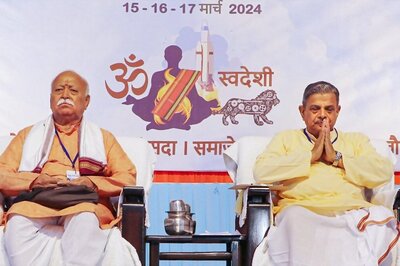
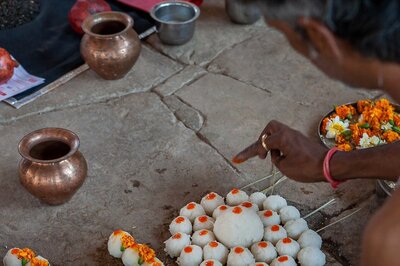





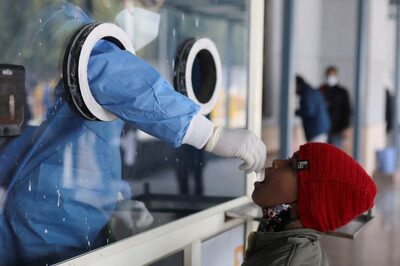
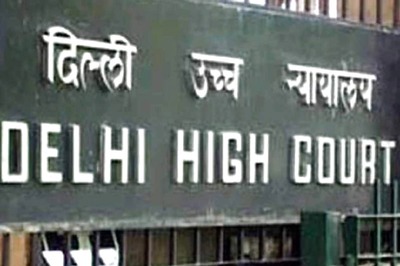
Comments
0 comment